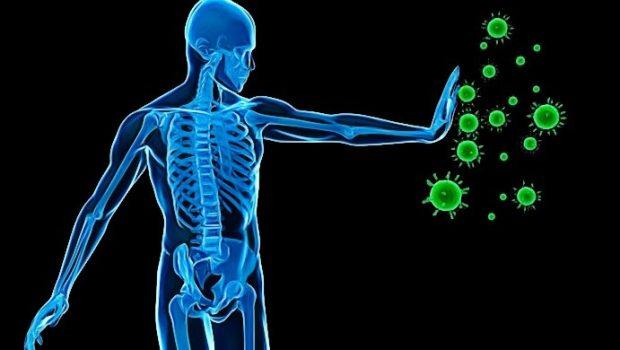
Antioxidants are involved in prevention of the cellular damage – a common way for aging, cancer, aging and diseases. The scientific studies and reports have unveiled mysteries about this topic. The aim of this writing in VKool site is give you an overview about antioxidant fact and the role of antioxidants in preventing health problems related free radicals.
Fact & Role Of Antioxidants And Free Radicals In Human Health
I. Free Radicals
1. What Are Free Radicals?

Free radicals are reactive chemicals with potentials to harm cells. They can be formed when a molecule or an atom loses or gains an electron. Free radicals are naturally formed in the body and play a critical role in normal cellular processes. At a high concentration, free radicals will be hazardous to body and damage major cellular components, including proteins, cell membranes and DNA. The cellular damage caused by the damage to DNA may play an important role in developing common cancers as well as other health problems.
Abnormally, a high concentration of free radicals in body may be caused by the exposure to environmental toxins and especially ionizing radiation. When the ionizing radiation hits a molecule or an atom in a cell, one electron can be lost that lead to the development of free radicals. The production of high levels of a free radical is a mechanism in which the ionizing radiation kills body cells. Furthermore, environmental toxins like cigarette smoke, high-oxygen atmospheres and some metals can contain a large amount of free radicals and stimulate body cells to produce free radicals.
Free radicals containing element oxygen are common types of the free radicals developed in living tissue. Also, another name for these free radicals is ROS (reactive oxygen species).
2. The Production Of Free Radicals In The Human Body

When it comes to the connection between antioxidants and free radicals, get clear about the production of free radicals first.
Free radicals are derived from normal metabolic processes in human body and also from external sources like the exposure to ozone, X-rays, cigarette smoking, industrial chemicals and air pollutants. The formation of free radical happens continuously in cells like a consequence of nonenzymatic and enzymatic reactions. The enzymatic reaction that serves like a source of free radicals also include those in in phagocytosis, in the cytochrome P-450 system, in prostaglandin synthesis and in respiratory chain. Besides, free radicals can be formed in the non-enzymatic reaction of oxygen with the organic compounds and those initiated by the ionizing reaction.
Here are internally common generated sources of different free radicals:
- Xanthine oxidase
- Mitochondria
- Peroxisomes
- Phagocytosis
- Inflammation
- Arachidonate pathways
- Ischemia or reperfusion injury
- Exercise
Below are externally common generated sources of most free radicals:
- Environmental pollutants
- Cigarette smoke
- Radiation
- Industrial solvents
- Certain drugs, pesticides
- Ozone
3. The Danger Of Free Radicals

Once free radicals are on attack, they do not kill the body’s cells to acquire missing molecule. If they simply kill cells, it would not be bad as the body might only regenerate another one. The problem is that free radicals can injure the body’s cells, damage the DNA that creates health conditions and diseases.
When a DNA in the cell changes, this cell becomes mutated, grows abnormally and reproduces quickly and abnormally.
Healthy cell functions usually produce a small amount of free radicals, like a car engine emitting fumes. If free radicals are not a serious problem, they are under control by healthy antioxidants that human body produces naturally.
Also, external toxins, like air pollution and cigarette smoke are free radical generators that people should avoid the exposure to them. Especially, cigarette smoke is a main cause of free radicals. In fact, water and food we consume also harbor free radicals as they may have toxins and pesticides. Besides, drinking too much alcohol can trigger the free radical production.
Plus, free radicals can trigger damaging chain reactions. Free radicals are very dangerous as they not only damage one molecule, but they can set off the whole chain reaction. Once free radicals oxidize the fatty acids, they can change these fatty acids into free radicals that then damage other fatty acids. So, this is a rapid chain reaction.
These external attacks and harm may overwhelm natural free-radical defense system in the body. In time, with more repeated free radical attacks, which the body can’t beat off that damage may lead to a lot of serious diseases, such as Parkinson’s disease, heart disease, cancer and Alzheimer’s disease.
Particularly, oxidative skin damage is caused by the cumulative sunlight. However, if free radicals occur in the internal organs, for instance, if asbestos is in lungs, it will stimulate the free radical reaction in the lung tissue. Cigarette smoke is also common in active free-radical generators. That is the reason why quitting smoking will be beneficial for preventing many serious diseases.
II. Antioxidants
1. What Are Antioxidants?

Now, to get clearer about the link between antioxidants and free radicals, find out what antioxidants are. Antioxidants are healthy chemicals that can neutralize and interact with free radicals, thereby preventing their harmful effects from causing aging and diseases. Antioxidants are considered free radical scavengers.
Normally, the human body can make antioxidants neutralize the body’s free radicals. These natural antioxidants are also called endogenous antioxidants. Nevertheless, the body may rely on the external sources to have the rest of antioxidants. These antioxidants are often called the dietary antioxidants. Vegetables, grains and fruits are rich sources of the dietary antioxidants. Other dietary antioxidants are available in dietary supplements.
Some examples of the dietary antioxidants include lycopene, vitamins A, vitamin C, vitamin E and beta-carotene. Selenium is believed to be an antioxidant, yet its effects are likely thanks to the activity of proteins, which have this mineral as an essential antioxidant and not to the selenium element itself.
2. Types Of Antioxidants

When it comes to the connection between antioxidants and free radicals in human health, learn more about types of antioxidants first.
Scientific evidence shows clear evidence about antioxidants that the human body needs them to fight off diseases and aging. Just like a nation needs an army system, the body also needs strong defense workers at different levels like lieutenants, staff sergeants, corporals and generals in the different form of antioxidants: Flavonoids, polyphenols, vitamin C and vitamin D.
Polyphenol is a small class of health antioxidants that scientists refer to phenols. Terms like phytochemical and phytonutrient are generic terms, which researchers use to describe chemicals nutrients in plants.
Flavonoid is the biggest class of healthy antioxidants. Scientists and researchers have found about 5,000 flavonoids in different foods.
In addition, vitamins C and vitamin E, are believed to protect the human body from destructive effects of harmful free radicals.
Antioxidants can neutralize free radicals in the body’s cells by donating their own electrons to end the electron that steals the reactions. The antioxidant foods themselves can’t be free radicals by donating the electron as they are quite stable in form. They work as scavengers that help to prevent tissue and cell damage that might lead to a cellular disease and damage.
Vitamin E is a type of antioxidant, an abundant fat-soluble antioxidant, one of the best chain-breaking antioxidants against oxidation and lipid peroxidation.
Vitamin C is an abundant water-soluble antioxidant that primarily acts in the cellular fluid to combat the free-radical formation caused by cigarette smoke and pollution. Also, it aids in returning vitamin E to its form.
3. Where To Find Antioxidants?

First, you can use alkaline ionized water as a source of antioxidants that can be absorbed into your body easily due to small size of water clusters and the water doesn’t require to be metabolized. It’s also an easy way to supply the body with a lot of antioxidants every day.
Many healthy foods are high in antioxidants and they are a part of a health pH balanced diet, such as:
Fruits: Apples, grapefruit, blackberries, blueberries, cranberries and grapes
Vegetables: Spinach, collard greens, kale, tomatoes, garlic and carrots
Legumes: Red beans, kidney beans and pinto beans
Teas: Black tea, green tea and other herbal teas
Spices: Cloves, cinnamon, turmeric and oregano
4. Get The Right Mix Of Antioxidants
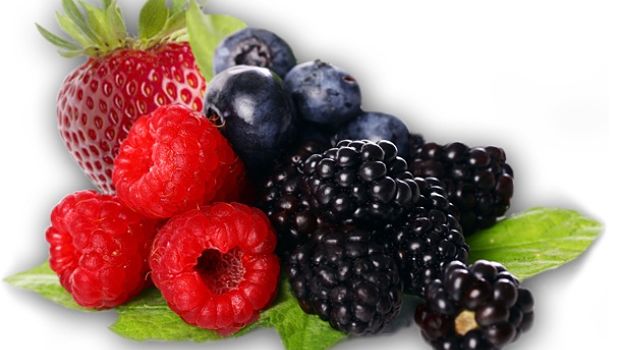
Next to more information about antioxidants and free radicals, consider getting the right foods.
Besides providing your body with healthy antioxidant-rich foods, you need to get the right mix of antioxidants for beating diseases and aging. Your body needs a lot of vitamins as well as minerals, like vitamins A, vitamin C, vitamin E and beta-carotene for neutralizing free radical assault.
We cannot rely on blockbuster foods. We can’t eat 9 servings of vegetables a day and expect to prevent free radical formation. We need to consume many different sources of foods. Each ingredient acts in different parts of the body’s cells. Some foods are excellent at quenching free radicals, some are good at quenching others. Once you have suitable amounts of sources of antioxidants, you are doing right things to protect yourself.
Multi-vitamins supplements can aid in providing your body as an antioxidant booster. But, getting too much of specific supplement like vitamin E may be harmful. Vegetables, fruits, legumes, nuts and whole grains contain complex sources of antioxidants and they can benefit you to neutralize free radicals effectively and naturally.
Researchers and scientists have been studying mysteries of healthy vegetables and fruits to find out complex antioxidants they have. Luteolin, quercetin, hesperetin, -epigallocetechin and catetchin are some stars they’ve found as blockbuster flavonoids in foods.
I’ve shown you the complete writing about antioxidants and free radicals in human health. Hope that you could have a clear understanding about harmful effects of free radicals in health and consume good sources of antioxidants daily. Comment on the writing at the end of the post! Thanks for reading!
Want More Content Like This In Your Inbox?
- 8 Signs and symptoms of calcium deficiency in humans
- Quit marijuana the complete guide download review
- How to treat bipolar disorder naturally without drugs – 7 tips
- 9 Signs and Symptoms of Vitamin D Deficiency in Adults & Children
- Angular Cheilitis Overnight Cure Ebook Review – Is It Reliable?
- 21 Healthy peanut free snacks for school
- Conquer Low Platelets Pdf Review – Can Louis’ Book Work?
- Homemade coconut oil shampoo recipe: 9 effective solutions

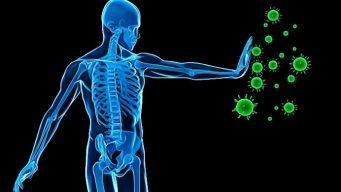



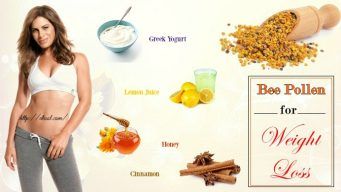


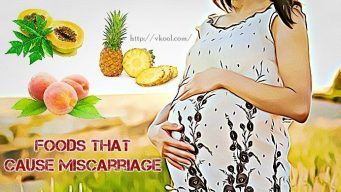
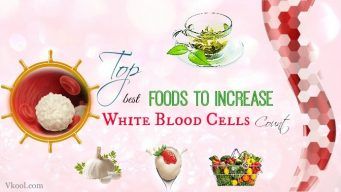
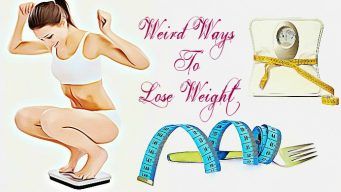
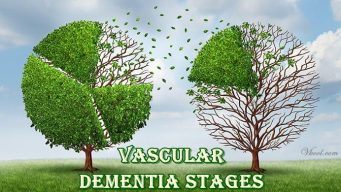
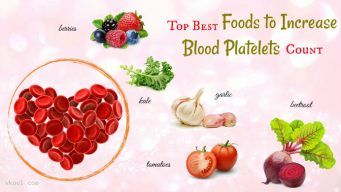
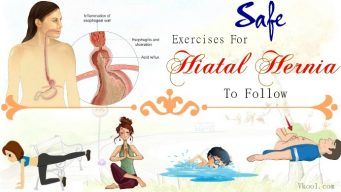
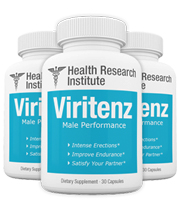
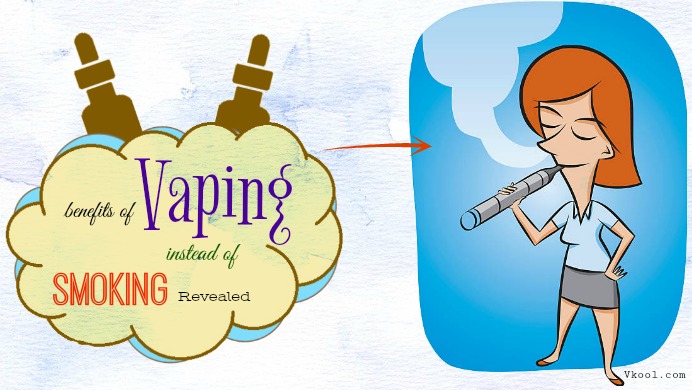
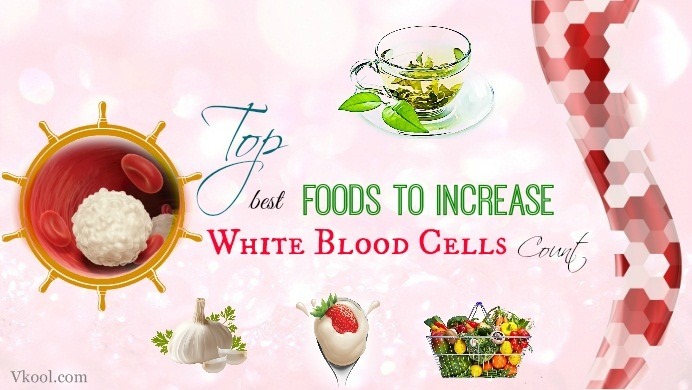
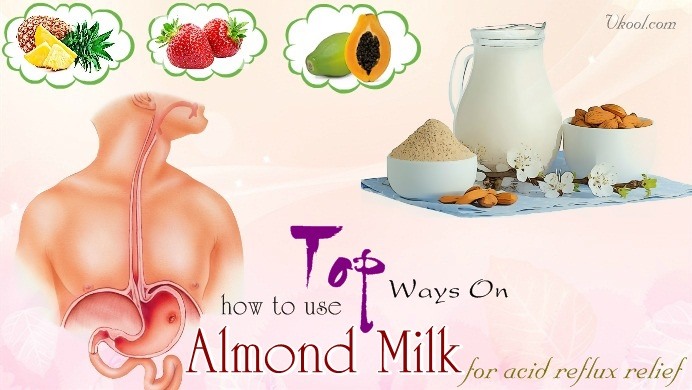


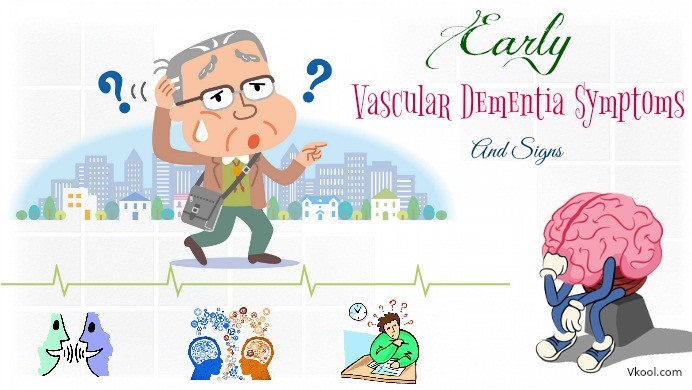
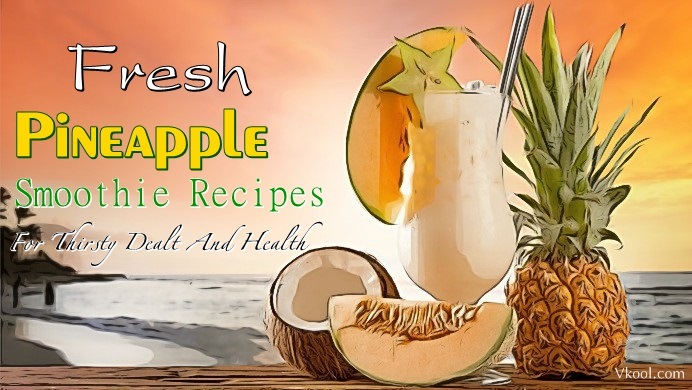
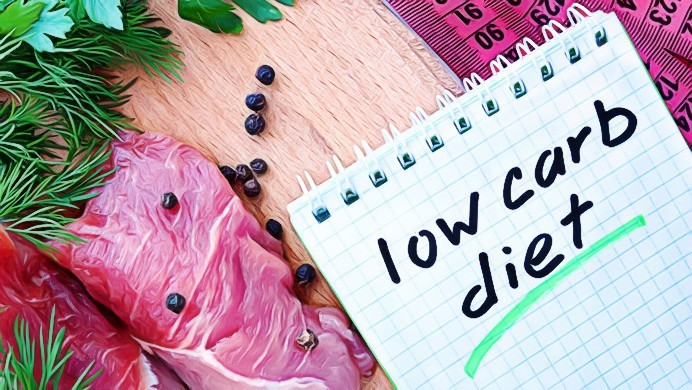 Low Carb Diet Plan, Recipes And Effects That You May Care
Low Carb Diet Plan, Recipes And Effects That You May Care  Health Benefits Of Coffee And Milk 2024
Health Benefits Of Coffee And Milk 2024  List Of 15 Healthy Squash Recipes
List Of 15 Healthy Squash Recipes  9 Common signs and symptoms of Alzheimer’s disease
9 Common signs and symptoms of Alzheimer’s disease 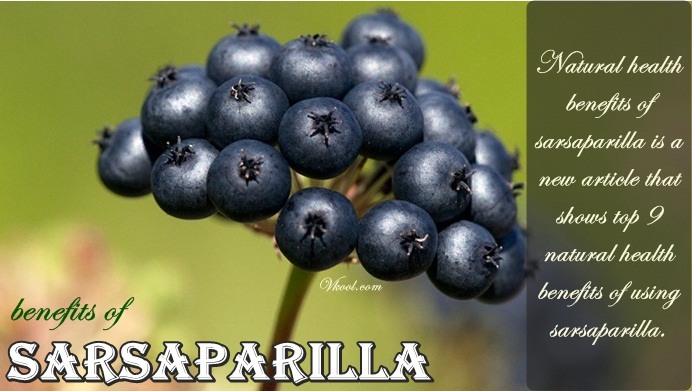 Top 9 Natural Health Benefits Of Sarsaparilla
Top 9 Natural Health Benefits Of Sarsaparilla  Easy Fruit Salad Recipe Ideas For Salad Lovers – Check Them Out!
Easy Fruit Salad Recipe Ideas For Salad Lovers – Check Them Out!  11 Benefits Of Testosterone Therapy In Men And Its Side Effects
11 Benefits Of Testosterone Therapy In Men And Its Side Effects  Oppositional defiant disorder in children – how to manage
Oppositional defiant disorder in children – how to manage 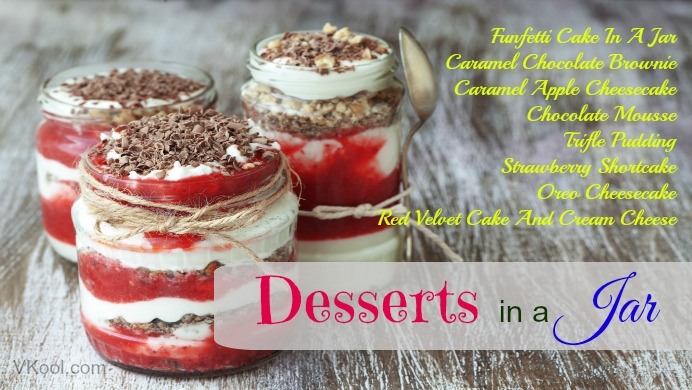 Top 24 easy desserts in a jar – best recipes
Top 24 easy desserts in a jar – best recipes 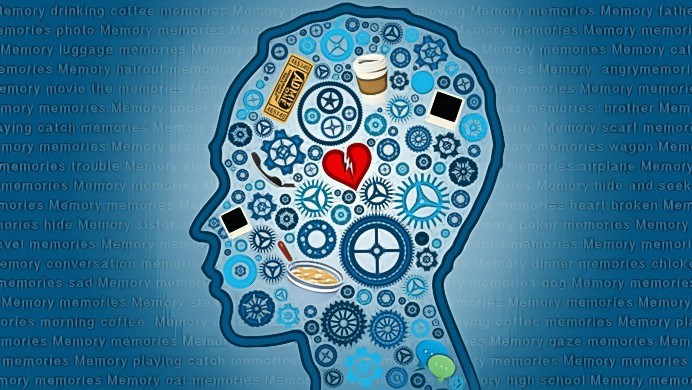 Power Memory Formula Review – Is It Reliable To Read?
Power Memory Formula Review – Is It Reliable To Read?